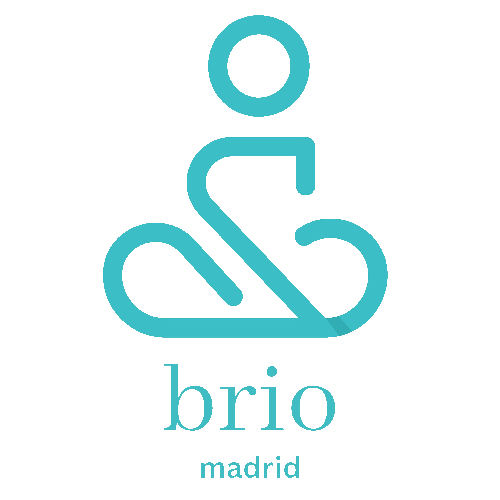Embracing the Journey of Meditation
After a series of great moments and deep heartbreaks, I encountered the individual who would become my principal meditation teacher, the XVI Shamar Rinpoche. Renowned as one of the greatest meditators of the modern era, Rinpoche’s teachings would significantly shape my path in meditation.
A Pivotal Encounter with Shamar Rinpoche
During our last personal meeting before his passing in 2014, Rinpoche entrusted me with a profound mission. He asked me to establish a study and practice center in El Salvador, adhering to his guidelines, and to teach people the art of meditation. Overwhelmed with enthusiasm, I accepted this noble task.
Cultural Challenges in El Salvador
However, a stark realization hit me while returning to El Salvador. The majority of Salvadorans are Catholics or Christians, often with limited exposure to other spiritual practices. The prevalent belief was that Buddhism equated to a satanic cult worshipping numerous pagan gods. This presented a significant challenge: How could I fulfill my mission in such a closed society?
Discovering Mindfulness Meditation
The answer serendipitously appeared in a book about a type of meditation called “Mindfulness Meditation,” introduced by Dr. Jon Kabat-Zinn. His book, “Full Catastrophe Living,” surprisingly available in local bookstores, indicated a social openness towards meditation practices. This discovery was a turning point in my journey.
Deepening Knowledge in Mindfulness Meditation
Motivated, I embarked on an intensive study journey, ultimately earning my first certification as a Mindfulness Meditation Teacher at the University of Massachusetts Medical School, where Jon Kabat-Zinn himself taught.
Beyond Mindfulness: Expanding My Understanding
Despite this comprehensive training, I felt my personal education was still lacking. Mindfulness centers around the mind, necessitating basic knowledge about the brain, the nervous system, and psychology. This understanding led me to pursue further studies.
Integrating Neuroscience and Psychology with Meditation
I delved into postgraduate studies, exploring Neuroscience at Duke, Neuroanatomy at Peking University, and Psychology at Chapel Hill. Throughout this academic journey, I maintained a strong connection to my Buddhist studies, intertwining traditional meditation with modern scientific understanding.
Conclusion: A Fusion of Traditions and Science
This unique blend of traditional Buddhist meditation and modern scientific knowledge has empowered me to approach meditation teaching with a holistic perspective. It enables me to connect with a diverse audience, transcending cultural and religious barriers, and fostering a deeper understanding of meditation’s transformative power.
In this journey, meditation has been more than a practice; it has been a guiding light, leading me through challenges and cultural barriers. It has been a bridge connecting the ancient wisdom of Buddhist meditation with contemporary scientific insights, creating a harmonious synthesis that resonates with the modern seeker.
The path to establishing a thriving meditation center and community may be fraught with challenges, but armed with this comprehensive understanding of meditation, I stand ready to enlighten others on this transformative journey.
